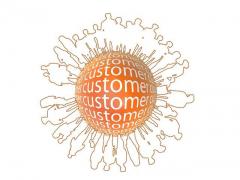
The Missoula Food Bank seeks, quite simply, to feed the hungry in Missoula. That is its short-term goal. Long-term, it is attempting to overall reduce the incidence of hunger in the neighborhood and how it impacts the entire community. Every year, the food bank distributes over 250 tons of food (including fresh, canned, baked and baby items) to the residents in the area. Ultimately through this work, it serves around a thousand households per month.
Along with a full-time staff, the food bank is also blessed with many volunteers who work tirelessly for the organization’s efforts. Aside from food distribution, the Missoula Food Bank has a free store; a ROOTS program for those who are home-bound or low income; a Café for kids that gives out lunches for those children that may not get a good meal during school vacations, and more.

